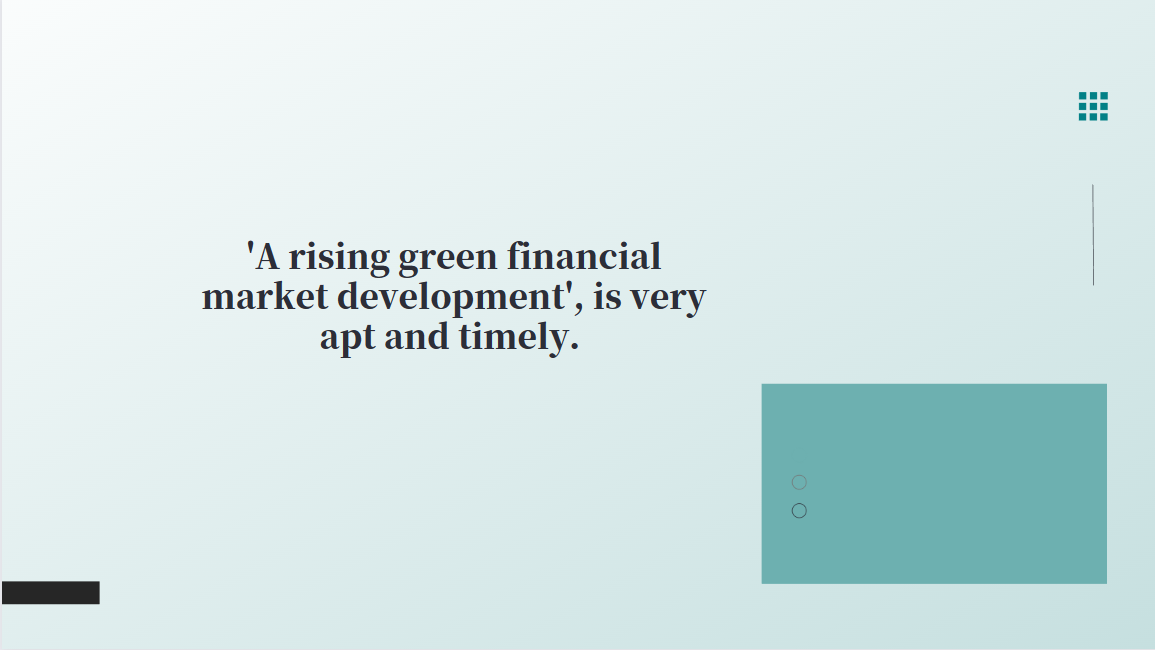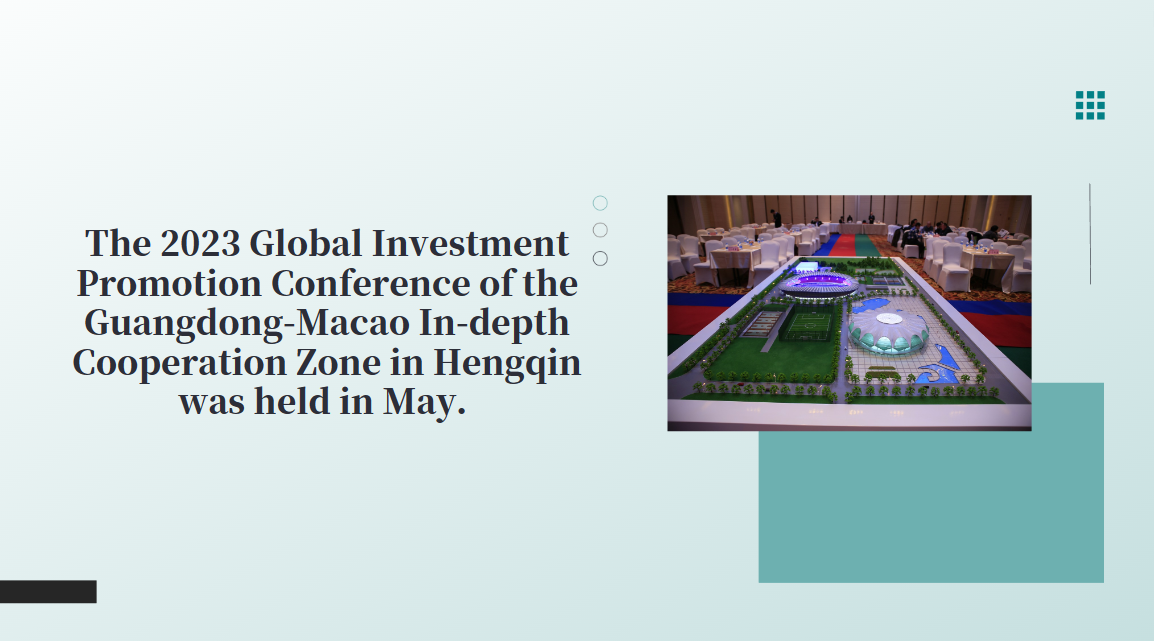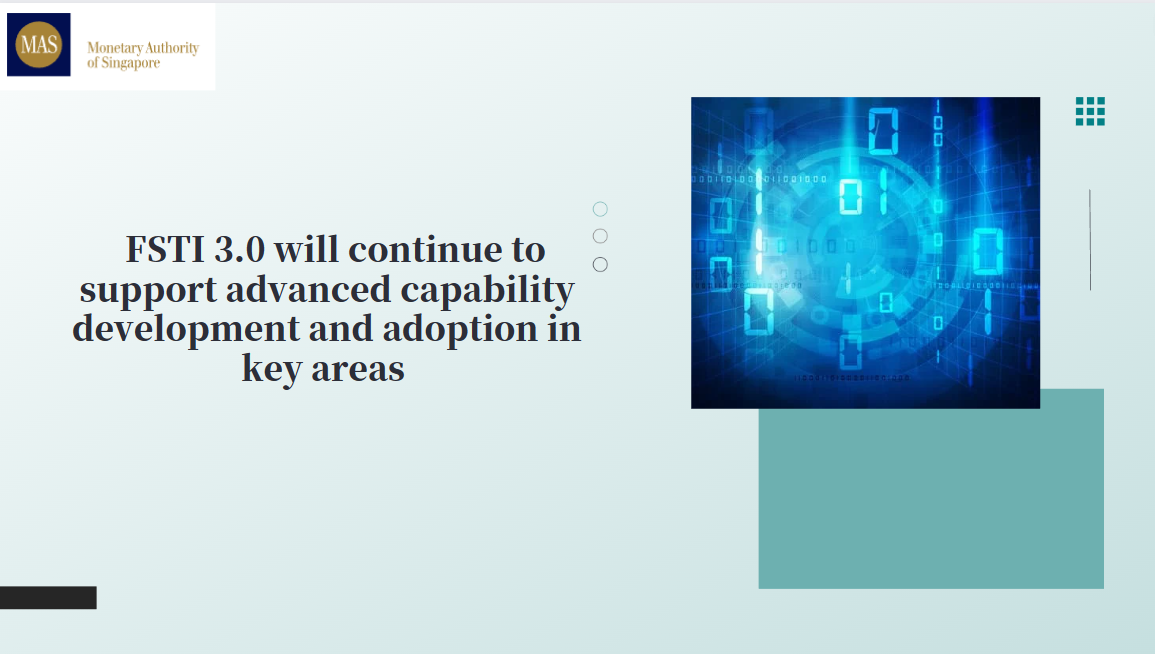Michelle W Bowman: Brief remarks - economy and monetary policy
Thank you for the invitation to join you again this year.1 As a former Kansas banker, it is always great to be with Kansas bankers. I look forward to opportunities to learn about and discuss the issues affecting financial institutions and your communities, from supervision and regulation to how you and you customers are navigating the current economic and financial environment.
Before we turn to our conversation, I'll offer a few thoughts on the economy and monetary policy. As you likely know, at our most recent meeting in July, the Federal Open Market Committee (FOMC) raised the target range for the federal funds rate by 25 basis points-to a range of 5-1/4 to 5-1/2 percent-and we continue to reduce the Fed's securities holdings. Since March 2022, the FOMC has been tightening monetary policy as part of our ongoing effort to lower unacceptably high inflation. Since then, we have seen some progress, and inflation has declined from last year's very high level. Most recently, after more than six months of stubbornly high readings, the June consumer price index showed lower core inflation, a measure that excludes food and energy prices. While this development is a positive sign that monetary policy is contributing to lower inflation, both total and core inflation remain well above our 2 percent target.
At the same time, the economy and the labor market have remained strong as the FOMC has tightened monetary policy. Real gross domestic product grew slightly more than 2 percent at an annual rate in the first half of the year, well above many forecasters' expectations. Consumer spending has been robust, and the housing sector appears to be rebounding with accelerating growth in house prices and a pickup in new housing starts. The most recent employment report showed a strong labor market with low unemployment and solid job gains. The pace of job gains has slowed, which is a sign that labor market demand and supply are coming into better balance. But the demand for workers continues to exceed the supply of available job seekers, adding upward pressure on prices.
The banking system continues to be strong and resilient. While banks have tightened lending standards in response to higher interest rates and funding costs, there have not been signs of a further sharp contraction in credit from the stress earlier this year that would slow economic activity. Though loan balance growth has slowed, banks have continued to increase lending to households and businesses.
Given the strong economic data and still elevated inflation, I supported the FOMC's decision in July to further increase the target range for the federal funds rate. I also expect that additional rate increases will likely be needed to get inflation on a path down to the FOMC's 2 percent target.
The recent lower inflation reading was positive, but I will be looking for consistent evidence that inflation is on a meaningful path down toward our 2 percent goal as I consider further rate increases and how long the federal funds rate will need to remain at a restrictive level. I will also be watching for signs of slowing in consumer spending and signs that labor market conditions are loosening.
It's important to reiterate that monetary policy is not on a preset course. My colleagues and I will make our decisions based on the incoming data and its implications for the economic outlook. We should remain willing to raise the federal funds rate at a future meeting if the incoming data indicate that progress on inflation has stalled.
Returning inflation to our 2 percent goal is necessary to achieve a sustainably strong labor market and economy.
1 The views expressed here are my own and not necessarily those of my colleagues on the Federal Open Market Committee or the Board of Governors.






















































First, please LoginComment After ~